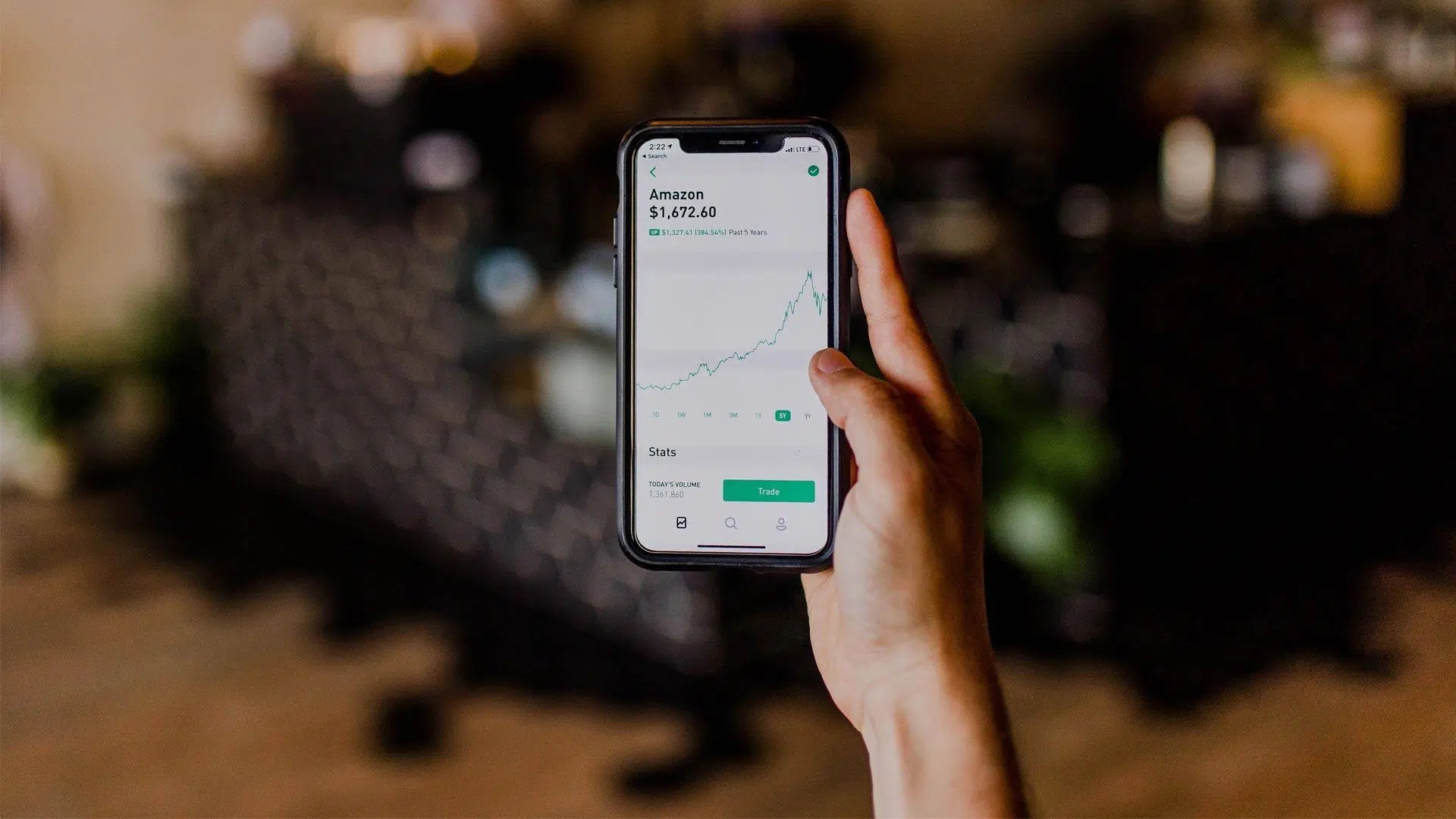After an historic 11-year run, the bull market finally came to a close on March 11, 2020. This was one of the five longest bull markets in history, and the longest since the 1980s. So we had a good run. But the global impact of COVID-19 is making marketers everywhere poke their heads up from behind the screen and wonder what they are going to do as we enter bear market territory for the first time since the 2000s, which saw the worst recession since the Great Depression.
They say it’s only a mistake if no lessons are learned, and it’s safe to say the entire business world learned many lessons from the Great Recession in 2008. Looking back on those lessons, here are the principles to keep in mind while marketing in a downturn.
1. Don’t put the brakes on all your marketing efforts.
When demand suffers, it’s tempting to pause all of your spending. Don’t do that. You’re probably thinking how easy it is for a marketing consultancy to give that advice—but even the Harvard Business Review recommends continued market spend during an economic downturn.
Even though it might seem backwards, a downturn may be the best opportunity for your business to cut through the noise. In a bull market, everyone spends money. Consumer sentiment is high, businesses are making money hand over fist, and unemployment plummets. When the market turns, however, you start to separate the wheat from the chaff. As more and more companies pull back on media spend, marketing campaigns, and brand messaging, you have an opportunity to gain market share and see a greater impact from your own efforts.
Clearly, it’s incredibly important to ensure you’re using resources in the right way. Spending for the sake of spending is never wise—whether the market is growing or contracting—but it is much easier to overlook misplaced investments when your company is growing and every effort appears to have a positive return. When things turn south, you need to ensure you’re spending in the right places.
One obvious—but critical—way to ensure you’re investing in meaningful areas of your business is to develop a great scorecard to measure results. Whether it’s putting content into the world or running a multi-media marketing campaign, measure it accurately, assess audience engagement or sentiment, and cut what isn’t working.
2. Don’t forget about your brand.
While it’s incredibly important to see a return on your investment while marketing during a downturn, don’t forget about the state of your brand. Businesses with strong brand loyalty will see significantly less customer attrition during an economic downturn than those that are seen as a commodity.
As referenced above, HBR tells us:
Building and maintaining strong brands—ones that customers recognize and trust—remains one of the best ways to reduce business risk. The stock prices of companies with strong brands, such as Colgate-Palmolive and Johnson & Johnson, have held up better in recessions than those of large consumer product companies with less well-known brands.
Commodities can be replaced—your favorite brands cannot. Even in your own mind, you’ve started to eliminate things you don’t truly love and rationalize those purchases that, even in a downturn, you simply have to have in your life.
One of the most effective ways to ruin your brand is to chase customers you don’t actually serve by going downstream. As you’ve spent years building a brand to prove you have a differentiated service, the last thing you want to do is all of a sudden become everything to everyone. As the saying goes, being everything to everyone means you’re nothing for no one. Your core customers will continue to look to you for the same things they always have. They will seek consistency and expect your brand to be understanding of the current environment while continuing to uphold the same values as usual.
The best example of this comes from the global diamond company, De Beers. During the Great Recession, De Beers ran a holiday campaign focused on “less is more” and “diamonds are forever”; their campaign was effective. Sales softened, as expected, but prices remained steady and they didn’t get caught in a race to the bottom. They did a great job of recognizing that consumers did not have the same disposable income as they do during strong economic times, but still wanted to enjoy the finer things in life—and would do so for truly quality products.
3. Understand who your buyer is—and then place your offering appropriately for them.
Buyers largely fall into four categories during an economic downturn:
- Slam on the brakes—halt all non-essential purchases
- Pained but patient—pull back strongly on purchases, but not to the same degree
- Comfortably well off—spend their money with purpose, but do not feel the immediate tightening of the global economy
- Live for today—put their head in the sand and act like nothing is wrong. This is the only group which does not economize their purchasing in some respect.
Begin by understanding where your core clients exist on that spectrum. Are they going to economize immediately and drastically, or will their purchasing habits remain the same? The answer to this question greatly impacts how you shift your focus during an economic downturn.
For example, although it is extremely important to not move downstream with your customers and commoditize your brand, recognizing that your consumer is not going to spend as heavily may spur you to create an intro offer to your product line. If you make luxury items, creating a sub-brand that works to bring people into your customer journey can pay off with short-term sales growth and potentially long-term customers. Branding becomes extremely important during this time, as you have to carefully plan and execute the relationship to your parent brand and determine whether this sub-brand will live on in better economic times, or be slowly phased out as the market improves.
In order to better understand where your offer sits among this group, it is also a good idea to understand where your product or service lies along a spectrum from essential to non-essential.
Clearly, if you are a grocery store, people will still be buying food—but they may switch from organic to conventional produce and from steaks to ground beef as the economy softens. Pay attention to your entire product/service lineup and understand where each of them falls, and create a marketing plan to address how each buyer persona may react during a soft economy.
Meet the challenge head-on.
Our President and CEO, Tiffany Sauder, has some experience marketing in a downturn. “It’s really easy to look great during great economic times, but how much of that was you having a just-good-enough product and everyone spending money like crazy, and how much had to do with your strategy and execution?” she says. “The best marketers stand out during downturns.”
In the best economic times, it’s easy to look like a marketing whiz kid. Everything you put out turns to gold, you have bigger budgets and more room to make mistakes. Great. What happens when that changes? Have you built your marketing infrastructure to give you concrete, actionable information you can take to build better strategies and more effective marketing efforts? Have you built a brand voice that can survive consumer questioning and restriction?
You’re going to find out.
It’s an interesting time to be a marketer, because the lessons you learn during a downturn are going to pay off huge when the market picks back up and people are spending more once again. At the end of the day, it’s about using marketing principles to guide your strategies and resourcing decisions, regardless of the market conditions. It just becomes even more important during a downturn. It’s an opportunity for you to reevaluate where you spend your time and money and to set yourself up for long-term success.




